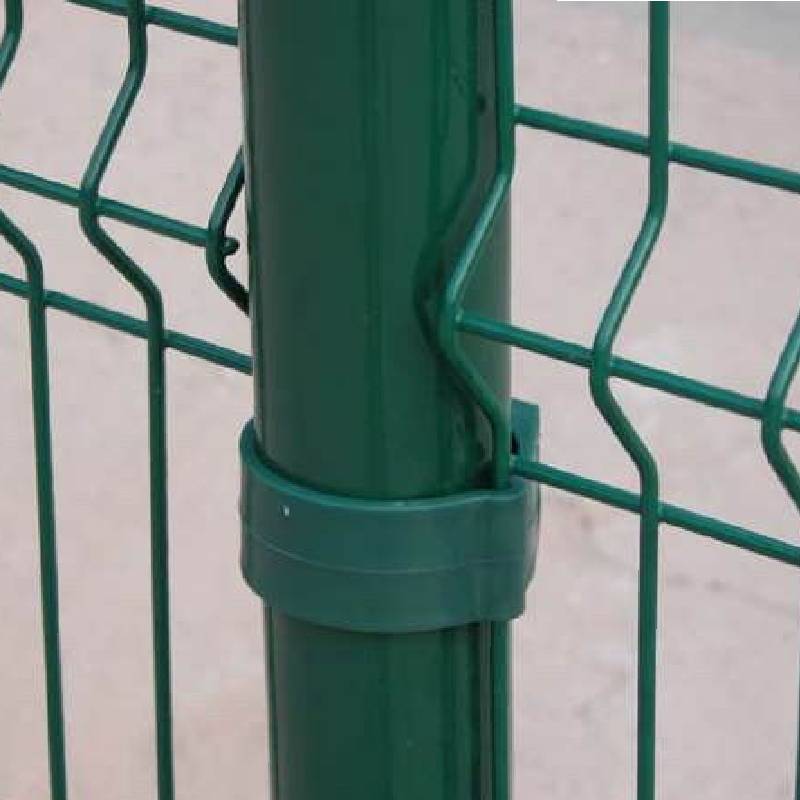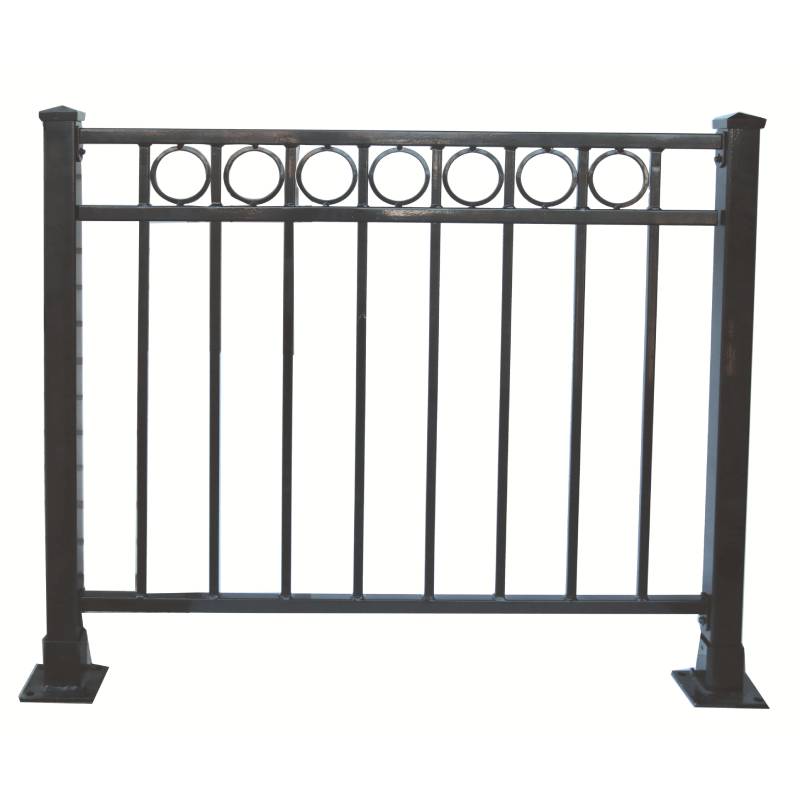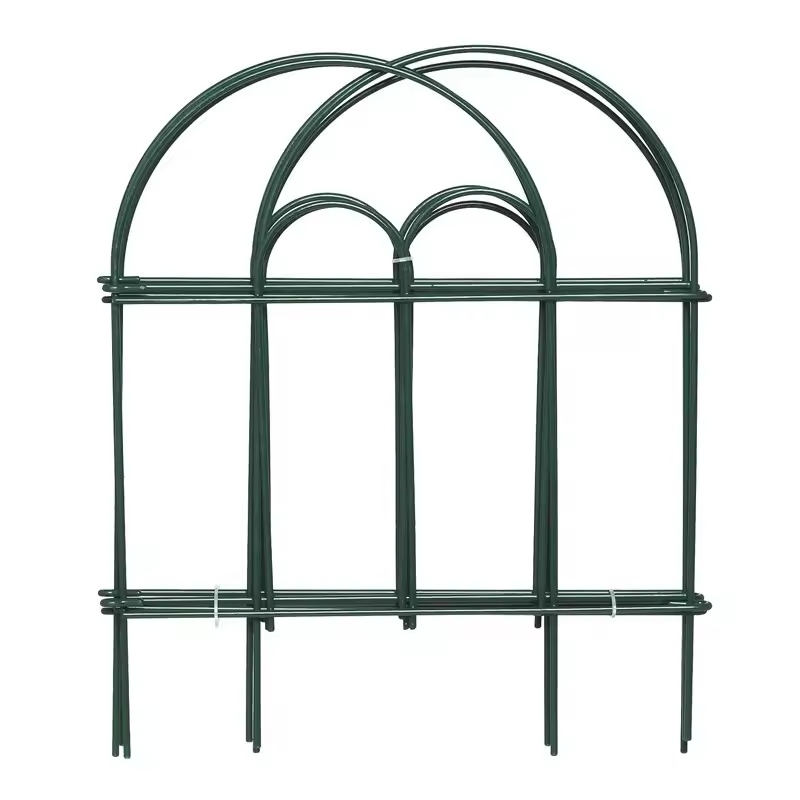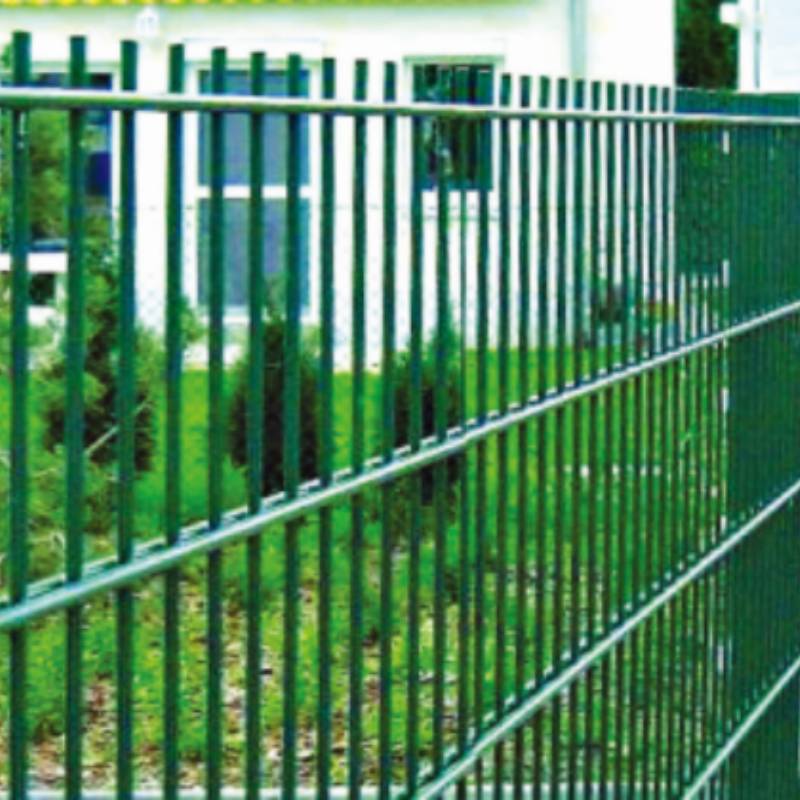-
Email:zhao@hyliec.cn
-
Tel:+86 311 85273988
-
WhatsAPP:8613931128750
-
 africký
africký -
 albánsky
albánsky -
 amharčina
amharčina -
 arabčina
arabčina -
 arménsky
arménsky -
 azerbajdžanský
azerbajdžanský -
 baskický
baskický -
 bieloruský
bieloruský -
 bengálsky
bengálsky -
 bosniansky
bosniansky -
 bulharčina
bulharčina -
 katalánsky
katalánsky -
 Cebuano
Cebuano -
 korzické
korzické -
 chorvátsky
chorvátsky -
 český
český -
 dánčina
dánčina -
 holandský
holandský -
 Angličtina
Angličtina -
 Esperanto
Esperanto -
 estónsky
estónsky -
 fínsky
fínsky -
 francúzsky
francúzsky -
 frízsky
frízsky -
 Haličský
Haličský -
 gruzínsky
gruzínsky -
 nemecký
nemecký -
 grécky
grécky -
 Gudžarátčina
Gudžarátčina -
 haitská kreolčina
haitská kreolčina -
 hausa
hausa -
 havajský
havajský -
 hebrejčina
hebrejčina -
 nie
nie -
 Miao
Miao -
 maďarský
maďarský -
 islandský
islandský -
 igbo
igbo -
 indonézsky
indonézsky -
 írsky
írsky -
 taliansky
taliansky -
 japončina
japončina -
 jávsky
jávsky -
 Kannada
Kannada -
 kazašský
kazašský -
 khmérsky
khmérsky -
 Rwanda
Rwanda -
 kórejský
kórejský -
 kurdský
kurdský -
 kirgizský
kirgizský -
 TBC
TBC -
 latinčina
latinčina -
 lotyšský
lotyšský -
 litovský
litovský -
 luxemburský
luxemburský -
 macedónsky
macedónsky -
 Malgashi
Malgashi -
 malajčina
malajčina -
 malajálamčina
malajálamčina -
 maltčina
maltčina -
 Maori
Maori -
 maráthčina
maráthčina -
 mongolský
mongolský -
 Mjanmarsko
Mjanmarsko -
 nepálsky
nepálsky -
 nórsky
nórsky -
 nórsky
nórsky -
 okcitánsky
okcitánsky -
 paštčina
paštčina -
 perzský
perzský -
 poľský
poľský -
 portugalčina
portugalčina -
 pandžábsky
pandžábsky -
 rumunský
rumunský -
 ruský
ruský -
 Samoan
Samoan -
 škótska galčina
škótska galčina -
 srbský
srbský -
 Angličtina
Angličtina -
 Shona
Shona -
 Sindhi
Sindhi -
 sinhálčina
sinhálčina -
 slovenský
slovenský -
 slovensky
slovensky -
 somálsky
somálsky -
 španielčina
španielčina -
 sundánsky
sundánsky -
 svahilčina
svahilčina -
 švédsky
švédsky -
 Tagalog
Tagalog -
 tadžický
tadžický -
 tamilčina
tamilčina -
 tatársky
tatársky -
 telugčina
telugčina -
 thajčina
thajčina -
 turecký
turecký -
 turkménsky
turkménsky -
 Ukrajinčina
Ukrajinčina -
 urdčina
urdčina -
 ujgurské
ujgurské -
 uzbecký
uzbecký -
 Vietnamci
Vietnamci -
 waleský
waleský -
 Pomoc
Pomoc -
 jidiš
jidiš -
 Yoruba
Yoruba -
 Zulu
Zulu
Panelový plot
Wholesale Metal Fence Panels ?
Wholesale metal fence panels are a popular choice for those looking for durable and secure fencing solutions. These panels are often made steel materials providing a
strong and long-lasting option for garden fencing. They are available in various designs and sizes, making them suitable for a wide range of applications. Wholesale options offer cost-effective solutions for purchasing metal fence panels in bulk, making them ideal for contractors, landscapers, and property developers looking to install fencing on a larger scale.
Is It Cheaper To Buy Fence Panels Or Build Them?
The cost of buying fence panels versus building them can vary depending on several factors. In general, buying pre-made fence panels can be cheaper and more time-efficient than building them from scratch. Pre-made panels are mass-produced, which often makes them more cost-effective due to economies of scale. Additionally, purchasing fence panels can save on labor costs, as they are typically easier and quicker to install compared to building a fence from individual components. However, building a fence from raw materials allows for more customization and control over the design, which may be a priority for some individuals. It's important to consider the specific requirements, budget, and time constraints when deciding whether to buy or build fence panels.
How To Install A Panel Fence?
To install a panel fence involves several steps:
1. Measure and plan: Determine the length of the fence and calculate the number of panels needed. Plan the layout and ensure the fence posts are installed at the appropriate intervals to accommodate the panels.
2. Install the posts: Dig holes for the fence posts, ensuring they are deep enough to provide stability. Set the posts in concrete and allow them to cure before attaching the panels.
3. Attach the panels: Once the posts are set, attach the panels to the posts using appropriate fasteners such as screws or nails. Ensure the panels are level and properly aligned.
4. Add finishing touches: Depending on the type of panels used, additional finishing touches such as capping, trim, or paint may be required to enhance the appearance and durability of the fence.
5. Maintenance: Regular maintenance, such as cleaning and sealing, may be necessary to ensure the longevity of the fence panels.
It's important to follow the manufacturer's instructions and local building codes when paneling a fence to ensure proper installation and compliance with regulations. If in doubt, it's advisable to consult with a professional or seek guidance from experienced individuals.








